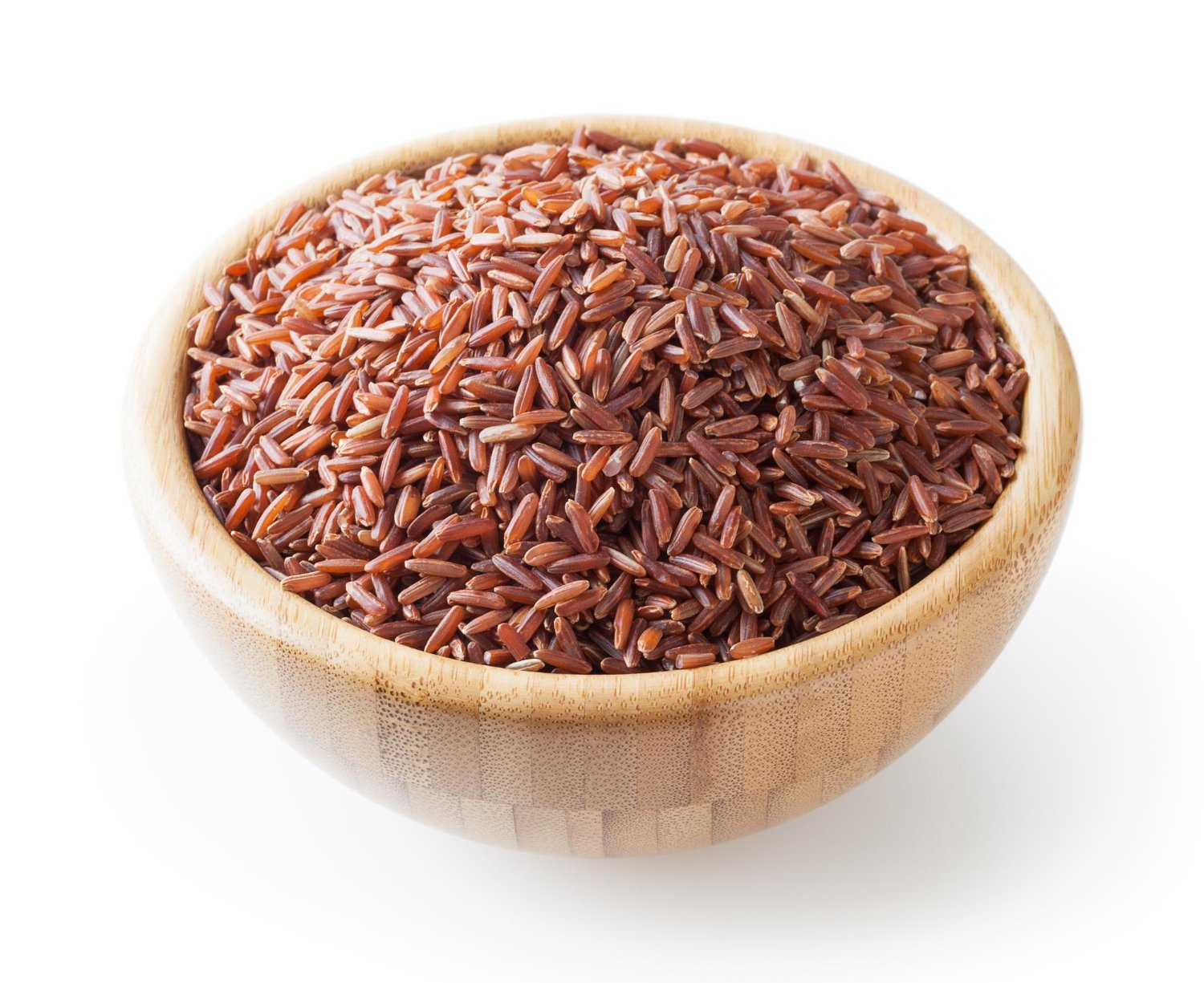When it comes to nutritious whole grains, organic brown rice takes the spotlight. This unpolished grain has gained immense popularity for its health benefits, sustainability, and versatility in the culinary world. In this blog post, we delve into the world of organic brown rice, exploring its origins, nutritional value, eco-friendly cultivation, and creative ways to incorporate it into your diet.
1. Origins and Cultivation of Organic Brown Rice:
Brown rice, originating from Asia, has been a staple food for centuries. Unlike white rice, which has the bran and germ removed, organic brown rice retains these nutrient-rich layers. Organic brown rice is cultivated using natural farming methods without synthetic pesticides or fertilizers, preserving the integrity of the grain and promoting environmental sustainability.
2. Nutritional Powerhouse:
Organic brown rice is a nutritional powerhouse, packed with essential nutrients. It is a great source of complex carbohydrates, dietary fiber, and B vitamins, including thiamin, niacin, and vitamin B6. Brown rice is also rich in minerals such as magnesium, phosphorus, and manganese. Its natural fiber content promotes digestion, regulates blood sugar levels, and helps maintain a healthy weight.
3. Health Benefits of Organic Brown Rice:
Incorporating organic brown rice into your diet can offer a range of health benefits. Its high fiber content supports digestive health, preventing constipation and promoting regular bowel movements. Brown rice has a low glycemic index, making it suitable for individuals with diabetes or those aiming to manage blood sugar levels. The presence of antioxidants in brown rice helps combat oxidative stress and reduce the risk of chronic diseases such as heart disease and certain types of cancer.
4. Sustainable Cultivation:
Opting for organic brown rice supports sustainable agricultural practices. Organic farming methods prioritize soil health, biodiversity, and the absence of synthetic chemicals. By choosing organic, you contribute to environmental preservation, reduce chemical pollution, and support farmers who embrace sustainable practices.
5. Culinary Delights with Organic Brown Rice:
Organic brown rice is incredibly versatile in the kitchen, lending itself to a variety of dishes. It can be used as a nutritious base for stir-fries, grain bowls, pilafs, and salads. Its nutty flavor and slightly chewy texture complement a wide range of cuisines and flavors. Brown rice can also be ground into flour for baking or used to make creamy rice puddings and risotto. The possibilities are endless, allowing you to explore and experiment with different culinary creations.
Conclusion:
Organic brown rice is more than just a healthy grain; it represents a commitment to both personal well-being and environmental sustainability. With its rich nutritional profile, versatility in the kitchen, and sustainable cultivation practices, organic brown rice is a true culinary gem. So, embrace the goodness of organic brown rice, savor its wholesome flavors, and enjoy the nourishment it brings to your meals. Your body and the planet will thank you.

